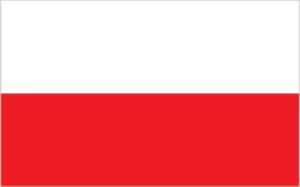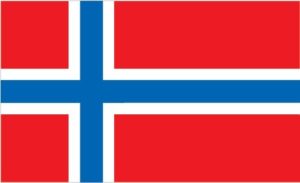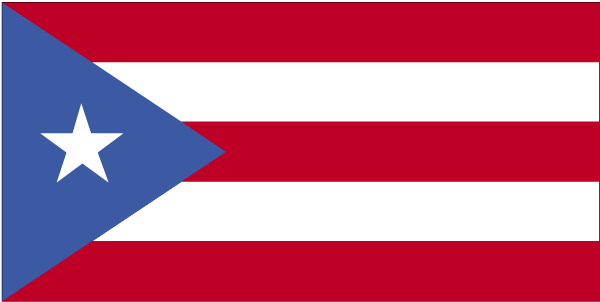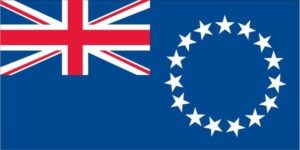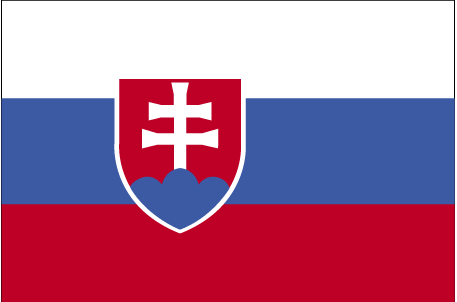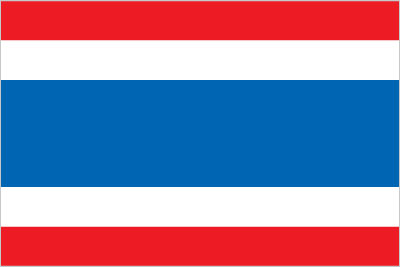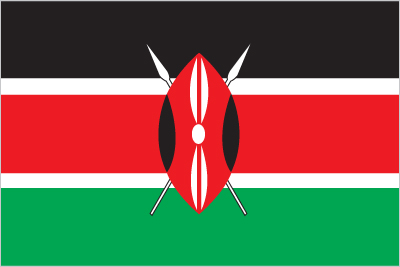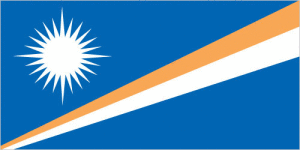
Flag of Marshall Islands
Marshall Islands celebrate Constitution Day. Composed of 1,156 islands, the country is about the size of Washington, DC. Located half-way between Hawaii and Australia, the Marshall Islands depend on coconut products and deep-sea mining to support the economy. About 70,000 people live on the islands, and 31,000 people live in the capital, Majuro. Children can learn more at: Marshall Islands.
